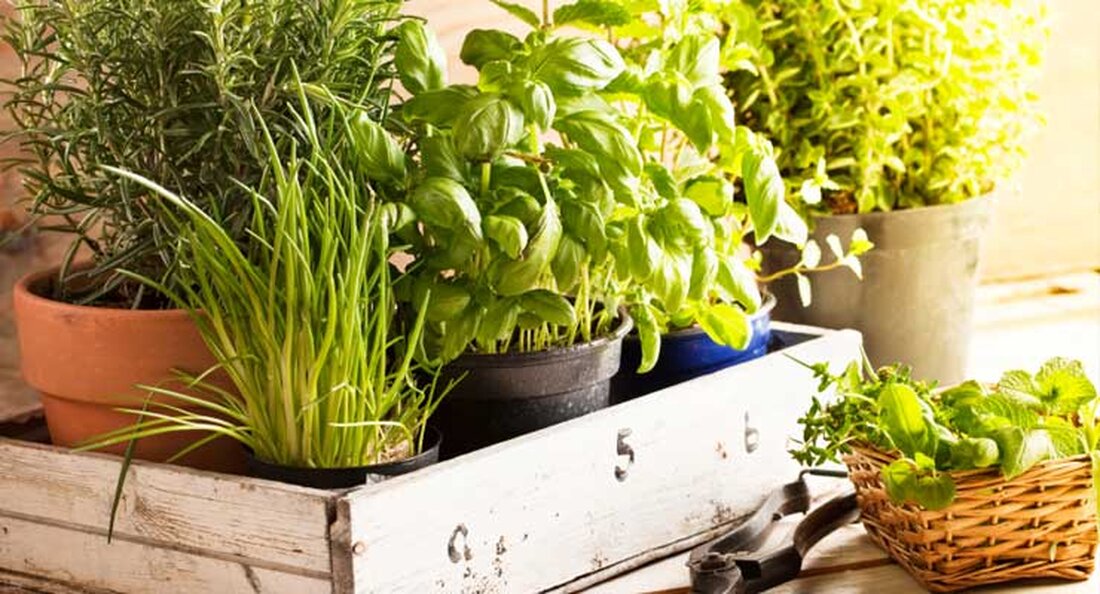Hydroponics: The Next Generation Approach to Agriculture
Hydroponics involves growing plants using mineral nutrient solutions in sand, gravel or liquid without soil. Due to the increasing success rates of the commercial hydroponic industry and the increasing difficulty of growing plants on the ground, the hydroponic market is growing exponentially. Many out-of-season fruits and vegetables can be grown year-round using hydroponics under controlled conditions. The main countries actively practicing hydroponics are the USA, Australia, Spain, Holland, Canada, New Zealand, Italy, Mexico and China. The main crops grown hydroponically are cucumbers, lettuce, tomatoes, peppers, strawberries, leafy vegetables, herbs, cut flowers, etc. This method is widely...

Hydroponics: The Next Generation Approach to Agriculture
Hydroponics involves growing plants using mineral nutrient solutions in sand, gravel or liquid without soil. Due to the increasing success rates of the commercial hydroponic industry and the increasing difficulty of growing plants on the ground, the hydroponic market is growing exponentially. Many out-of-season fruits and vegetables can be grown year-round using hydroponics under controlled conditions. The main countries actively practicing hydroponics are the USA, Australia, Spain, Holland, Canada, New Zealand, Italy, Mexico and China. The main crops grown hydroponically are cucumbers, lettuce, tomatoes, peppers, strawberries, leafy vegetables, herbs, cut flowers, etc. This method is widely used due to its integrated approaches to pest control.
Hydroponics – market dynamics
Hydroponics is said to be one of the fastest growing soilless farming practices on a global scale, where a tailored nutrient solution of the highest quality supports the growth of a plant in a sustainable manner. One of the key growth drivers for the hydroponic industry is the documented higher yield compared to traditional farming techniques. Along with profit farming, growing consumption of exotic crops, salad crops and increasing need for global food security are the factors expected to drive the market. Lack of awareness about the soilless farming system and initial high cost are the factors that could hinder the market growth. Increased cultivation of medicinal plants on a global scale and a tailored agricultural approach can provide future growth opportunities for the industry.
Will hydroponics revolutionize the way we water?
According to a report by a market research firm, the global hydroponic market is estimated to witness a CAGR of 6.5% during the forecast period 2017-2022 and the market value is expected to reach USD 30,849.83 million by 2022. The market growth of hydroponics is mainly due to the increasing focus on introducing innovative and efficient technologies to improve yields. Tomatoes are one of the main crops grown through the hydroponic system worldwide. According to a USDA/ERS report, the volume of hydroponic tomato imports from countries such as Canada, Mexico and the Netherlands has increased dramatically, and the imports now account for a significant portion of total U.S. fresh market tomato imports. Lettuce and leafy greens, peppers, squash and other vegetables are increasingly being grown hydroponically.
According to our analysts, Europe is traditionally the largest market for hydroponics and is implementing advanced techniques in hydroponic gardening for smart greenhouses. The European market's mature demand for hydroponics is led by countries such as the Netherlands, Spain and France. Asia Pacific forms the second largest hydroponic market which is expected to grow steadily during the forecast period. The North American region led by the US and Canada is expected to grow faster during 2017-2022.
Competitive analysis
The global hydroponics market is concentrated in key technologically advanced regions. Greentech Agro LLC, Argus Control Systems, Logiqs BV, Koninklijke Philips NV, General Hydroponics Inc., Greentech Agro LLC and Lumigrow Inc. are some of the key players in the industry. R&D related to regional and area-specific requirements is consistently undertaken by industry players. Mergers and acquisitions are also one of the major activities undertaken by the major players. Lawn and garden giant Scotts Miracle-Gro spent $136 million on Gavita, a Dutch lighting and hardware manufacturing company. Scotts Miracle-Gro, through its subsidiary Hawthorne Gardening Co., invested in companies such as Boulder's AeroGrow, an indoor gardening company, and acquired California-based General Hydroponics Inc. for $130 million. The company also spent $77.1 million to acquire Botanicare.

 Suche
Suche
 Mein Konto
Mein Konto
